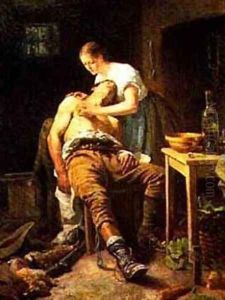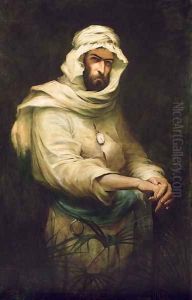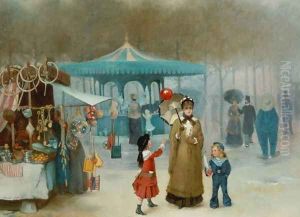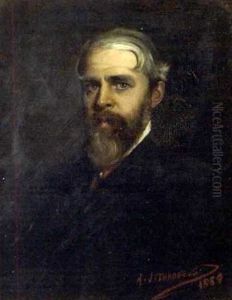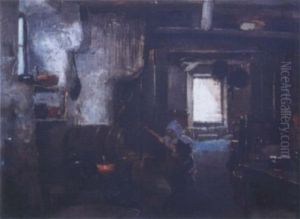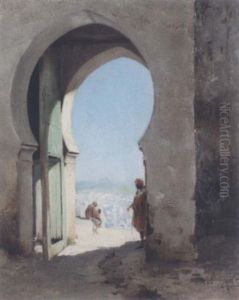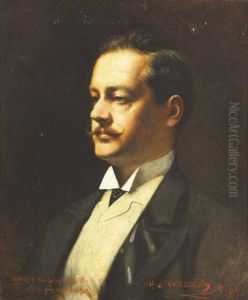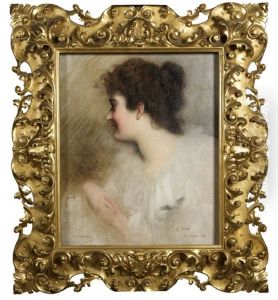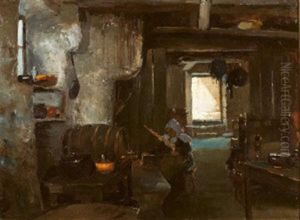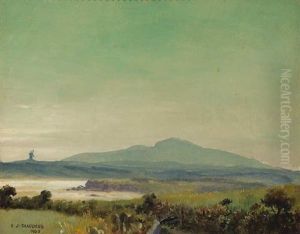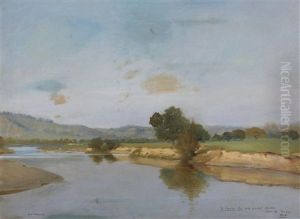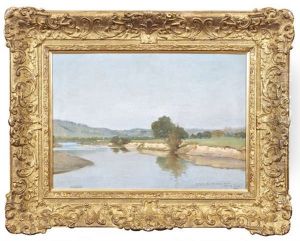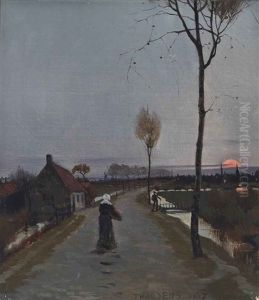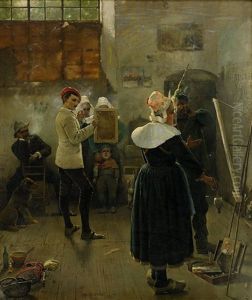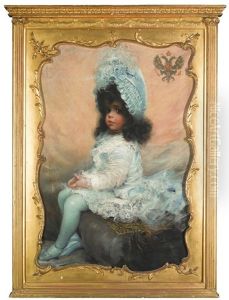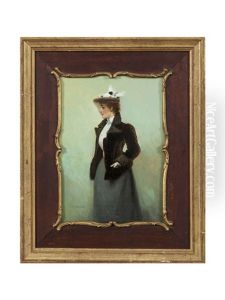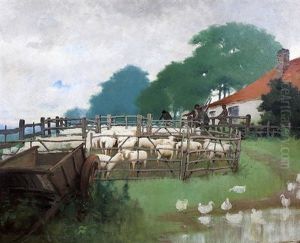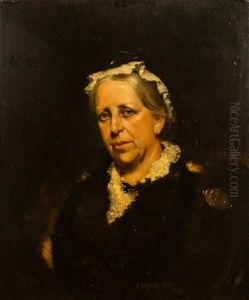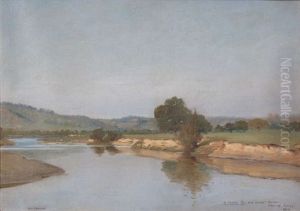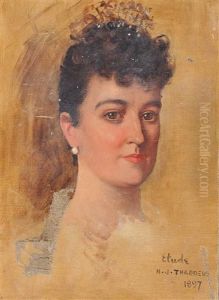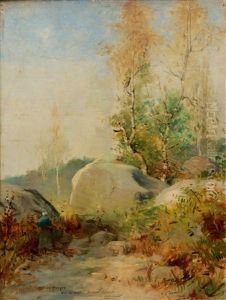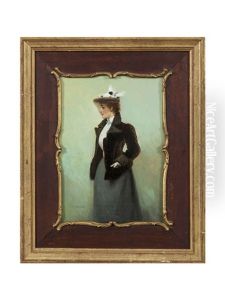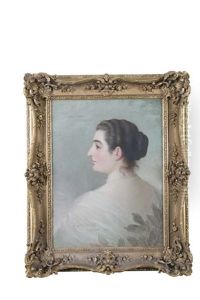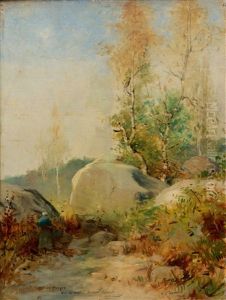Henry Jones Thaddeus Paintings
Henry Jones Thaddeus was an Irish painter known for his portraiture, genre scenes, and historical paintings. Born on May 2, 1859, in Cork, Ireland, Thaddeus displayed a talent for art from a young age. Eager to pursue an artistic career, he left Ireland to study at the École des Beaux-Arts in Paris. His time in France was formative, where he was deeply influenced by the academic painting style, which emphasized classical techniques and subjects.
Thaddeus's work often reflected his Irish heritage, as he was drawn to the depiction of Irish life and landscapes. His paintings were characterized by their realism and attention to detail, often imbuing his subjects with a sense of dignity and gravity. He exhibited his work at the Paris Salon, where he received honorable mentions in 1881 and 1882, and later at the Royal Hibernian Academy (RHA) and the Royal Academy in London.
Despite living through a period of political turmoil in Ireland, Thaddeus maintained a focus on his art rather than politics. His painting 'The Last General Absolution of the Munsters at Rue du Bois', depicting an event during World War I, is one of his most famous works and is considered an iconic image of Irish participation in the war.
Throughout his career, Thaddeus received several accolades and was well-respected by his peers. He was elected a full member of the RHA in 1901 and later became a professor of painting there. His dedication to the arts extended to his advocacy for the establishment of a municipal gallery of modern art in Dublin, which eventually became the Hugh Lane Gallery.
Henry Jones Thaddeus passed away on March 1, 1929. His legacy is preserved through his works, which continue to be celebrated for their portrayal of Irish culture and history, as well as their technical skill. His paintings can be found in various collections, including the National Gallery of Ireland and the Crawford Art Gallery in Cork.
